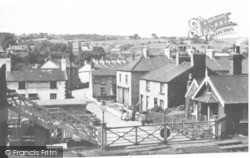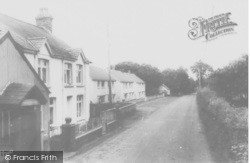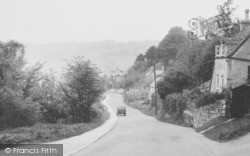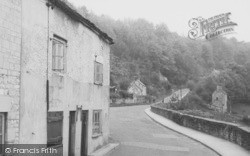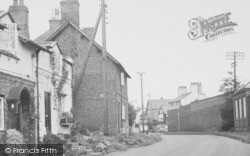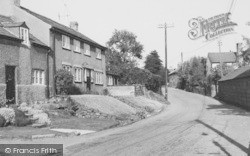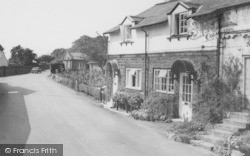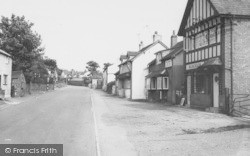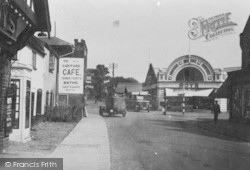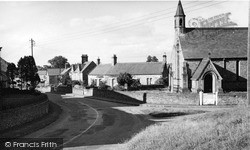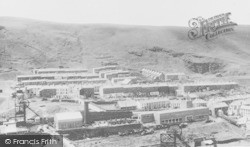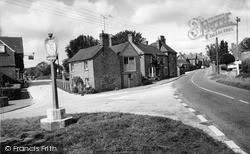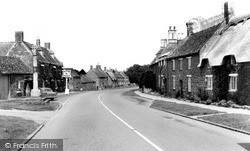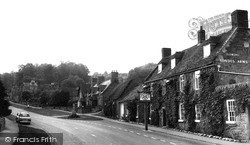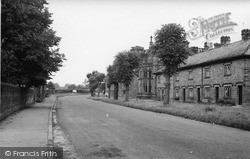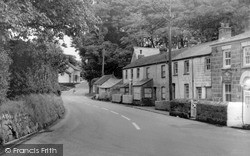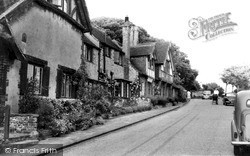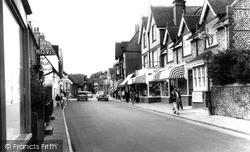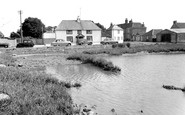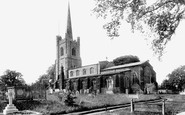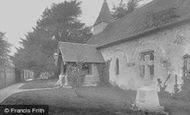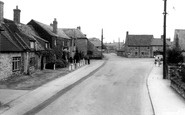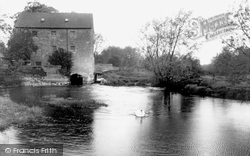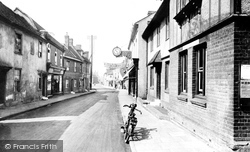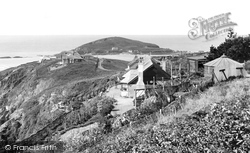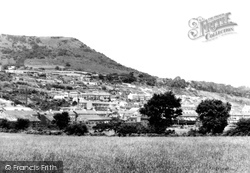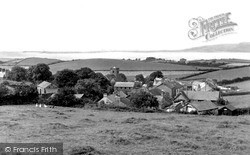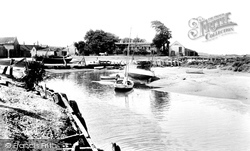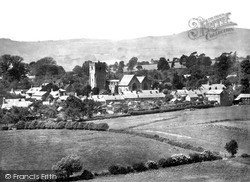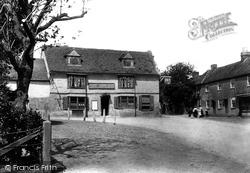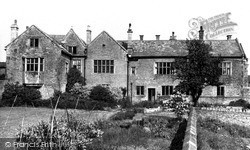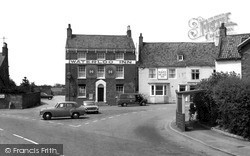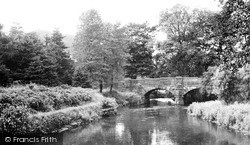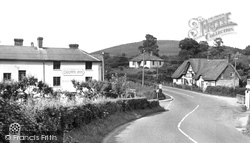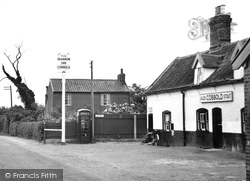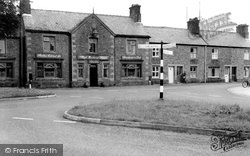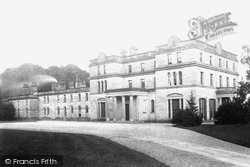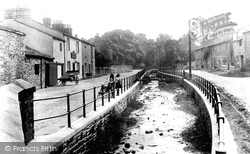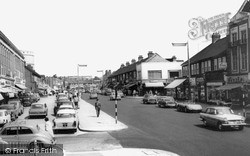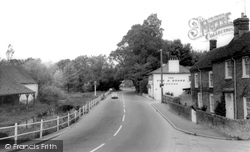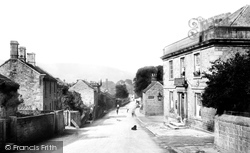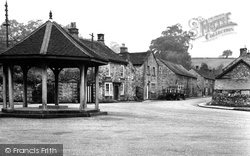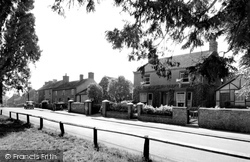Places
5 places found.
Those places high-lighted have photos. All locations may have maps, books and memories.
Photos
9,649 photos found. Showing results 721 to 740.
Maps
18 maps found.
Books
13 books found. Showing results 865 to 13.
Memories
4,612 memories found. Showing results 361 to 370.
Ashley Manor School
I was the very first pupil at Ashley Manor School, and hold some very fond memories of my time there. Atherington was a very important time of my life, I enjoyed the shop, park and the wonderful church, I got my jubilee cup at the village fete. I would love to visit the area again.
A memory of Atherington by
Atkins Charity Football Match At Sidlesham Fc
Driving through Sidlesham , I noticed the village football club had floodlights. My son Steven was looking for a ground for a Charity Football Match, as we were staying at our chalet at Church Farm ...Read more
A memory of Sidlesham by
Wilton Memories
Like Gloria Friend, I spent a happy childhood in Hornchurch, attending Suttons Primary School where my mother (Mrs Wilton) was deputy head and Mr Occomore our headmaster. We were carefully drilled in our tables, phonics and ...Read more
A memory of Hornchurch in 1948 by
Childhood
In the 1960s I lived in Ogilvie Terrace and spent lots of days wandering happy and safe in Deri. I remember the nut wood, picking whinberries, Doreen's shop, the gas pipes where we balanced and luckily did not come to harm, the horse-shoe rock ...Read more
A memory of Deri in 1960 by
Netherthong In The First World War Part 3
Private John Henry Hoyle was born in Wilson Square in 1879 and he joined the Royal Welsh Fusiliers (Teacher Battalion) in January 1916. He was reported as missing and his body was found on March ...Read more
A memory of Netherthong by
My Memories Of Kirkheaton
Kirkheaton was such a great place to live, I went to infant school at the bottom of Fields Way (I lived on Fields Way till I was 19 years old), I also went to Kirkheaton C of E School and can remember most of the teachers ...Read more
A memory of Kirkheaton in 1956 by
Left And Forgotten
I am now 66 and my memory of beautiful Mile Oak is as clear today as it was 55 years ago. Sadly I was one of them naughty boys (as you villagers branded us). My crime was taking 2/6p off a windowsill back here in Folke stone, one ...Read more
A memory of Mile Oak in 1955 by
All Saints Church, Little Bookham
This church is called All Saints' Church. It is next to the Manor House School to which I attended in the early 1990s. I was christened at this church and this weekend I will be getting married here. The ...Read more
A memory of Little Bookham by
Little Wakering
I lived in a cottage close to Little Wakering church until the late 1970s and then several properties in and around the village. I have so many happy memories of a close family, good neighbours and brilliant friends. Walking ...Read more
A memory of Great Wakering by
The Old Post Office
My grandparents, Harold and Phyllis Fenton, ran the village post office in the 1930s, 1940s, 1950s and 1960s from their home in the stone house opposite the Horse and Jockey Inn. My three sisters and I, daughters ...Read more
A memory of Waddington in 1960
Captions
5,016 captions found. Showing results 865 to 888.
The earliest residence in Rockingham dates from 1670; much of the village was modernised and improved in the 19th century, and then again in the 1950s.
The 18th-century working water-mill lies on the River Thame, about a mile from the centre of the village of Cuddesdon.
Chigwell, situated on the edge of Hainault forest, has been much developed over the years, but the village still presents a deceptively leafy appearance.The bakery and tea-rooms are reminders that
Bigbury-on-Sea lies on the shores of Bigbury Bay within site of Burgh Island, which may give the village its name.
Skewen sits at the heart of a region of foundries and oil refin- ing. The village expanded when a major refinery was built close by at Llandarcy.
The tower of the parish church dominates this view of Beckside, a small hamlet on the slopes of the Furness Fells above the village of Kirkby-in-Furness on the Duddon Estuary.
When this photograph was taken, Blakeney was still a small trading port; it could accommodate vessels of 150 tons burden to unload and load coal, oil-cake and manure at the quay.
There is everything you could want in one terrace of highly disparate buildings here in the centre of the village, from the whitewashed Midland Bank at the far end to some 'Players Please' at Rowland's
Leintwardine straddles an ancient Roman settlement, Bravinium, along Watling Street, (not to be confused with the better known Watling Street that leads from London to Wroxeter).
Are the village women, right, considering a visit to the Anchor pub for a glass of cider?
The Old Hall, or Manor House, at Whitwell bears the mullioned and transomed windows and steep gables typical of its Tudor ancestry.
A few miles west from Grimsby, the village of Laceby once appeared in the Guinness Book of Records as possessing the two closest pubs – The Waterloo and The Nags Head.
The Wye joins the Derwent at Rowsley, and this photograph shows the smaller bridge over the River Wye to the south of the village.
Fontmell Magna was long known to early guidebook writers as 'the village with the maypole', for this symbol of fertility and the seasons survived here for generations.
This building contained the village post office and the public house. The unusual name comes from the ship of Captain Philip Broke of Nacton, whose estate extended into Bucklesham.
There was also a large flour mill here; but now the village relies on recreation from the 1,200 acre Chew Valley Lake lying to its west. The lake was built in the 1950s to supply water for Bristol.
Originally clustered around the church to the south, the hamlet was destroyed by a fire in the 17th century and the Manor Inn, built in 1871, is the focus of the 'new' village.
In the centre of this spacious village is the War Memorial, standing on the edge of the village green. It was officially 'unveiled' in 1920.
Pendleton nestles right in the shadow of Pendle Hill: in fact, the name means 'the houses on Pendle'.
Archetypal 1930s development swishes around the foot of Harrow on the Hill, with its gasworks tower always visible from the village and on the approach to Northolt Aerodrome.
This picture shows the River Ebble and the A354 Blandford Road running side-by-side through the village of Coombe Bissett, a couple of miles south of Salisbury.
This view looks towards the village from the Sheffield road. On the right is the Ordnance Arms, better known to today's tourists as the ivy-covered Hathersage Inn.
The pump at Ashford, on the left, is the site of one of the village's six well-dressings, held annually in early June.
Carlton Hall and the Tudor House both still dominate the village. The small building, centre, has been tidied up and is no longer adored with ivy.
Places (5)
Photos (9649)
Memories (4612)
Books (13)
Maps (18)




